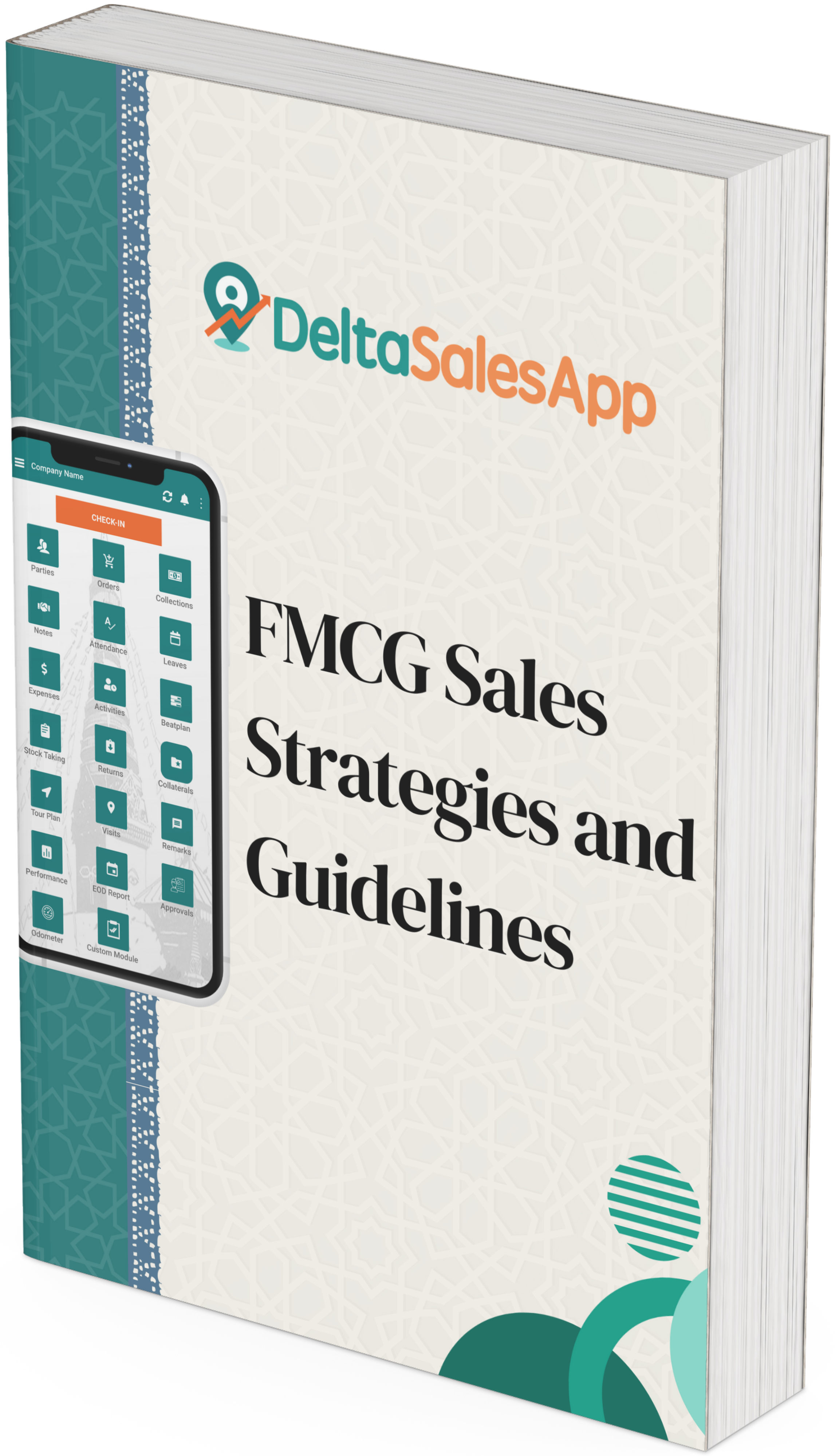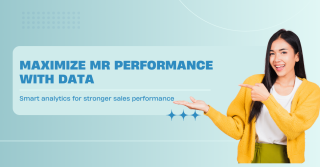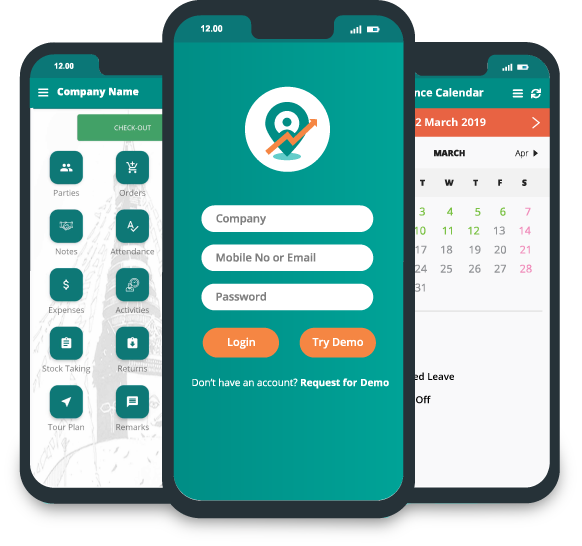Boost Brand Promotions with Data-Driven Retail Execution
_1747392071.webp)
In today’s hyper-competitive CPG landscape, brands are constantly looking for smarter ways to drive visibility, gain shopper attention, and increase sales. Yet, one of the most overlooked tools for success is the ability to execute consistently and intelligently at the retail level. This is where data-driven retail execution becomes the ultimate game-changer.
By combining activity data, observational data, and sales data, brands can create a promotion strategy that not only looks good on paper but performs strongly in the real world. With the right tools like a sales tracking app and effective field sales management, teams can transform campaign planning, execution, and optimization into a seamless operation.
Activity Data – Powering In-Store Execution
Every successful promotion begins with strong in-store execution. That’s where activity data plays a foundational role. It includes key insights like store visit frequency, territory coverage, time spent per visit, and task completion. For field teams, this means having clear expectations and measurable outcomes.
Field sales teams empowered with sales tracking apps can log visits, capture real-time data, and stay accountable to execution plans. Brands can then:
Assign tasks to reps based on geography and campaign needs
Compare time spent in stores to execution benchmarks
Track visit frequency to ensure continuous campaign visibility
Structured activity data supports agile and informed field sales management, helping brands reduce inefficiencies and improve rep productivity.
Observational Data – Ensuring Brand Compliance
Beyond just setting up displays, brands need to monitor ongoing execution. Observational data provides the visual and contextual evidence to verify if the brand is being represented properly in stores.
With mobile checklists and photo-capture tools, field reps can track:
Shelf conditions and product facings
Stock availability and pricing accuracy
Display integrity and promotional signage
This ensures your promotion maintains the right visibility and appeal throughout its lifecycle. Retailers also benefit, as shared data promotes collaboration and transparency.
Sales Data – Measuring Campaign Impact
Ultimately, the goal of every promotion is to drive sales. That’s why sales data is the most critical layer of a data-driven strategy. It reveals what’s working, what needs improvement, and where to replicate success.
Brands can monitor:
SKU-level performance
Sales lift before, during, and after the campaign
Performance by store, chain, or region
Using a sales tracking app, managers can access real-time reports and identify underperforming locations quickly. When aligned with activity and observational data, these insights give brands a powerful 360° view of campaign performance.
Bringing It All Together – Smarter Execution with Data
When activity, observational, and sales data are combined, they enable brands to execute promotions with precision and agility. The synergy between tools like a sales tracking app and strategic field sales management creates a unified ecosystem where every data point drives value.
With data-driven retail execution, CPG brands can:
Maximize rep productivity
Ensure in-store compliance
Measure ROI effectively
Scale successful strategies quickly
Final Thoughts: Turning Data into Competitive Advantage
Brands can no longer afford to rely on instinct alone. By embracing data-driven retail execution, they gain the insights needed to lead in crowded markets. Whether it’s through smarter planning, real-time visibility, or campaign analysis, data empowers brands to deliver promotions that perform consistently.
Now is the time to build a foundation that supports sustainable retail growth—powered by intelligent data and executed with excellence.
Frequently Asked Questions (FAQ)
1: What is data-driven retail execution?
Data-driven retail execution is a strategy that uses real-time and historical data—such as activity, observational, and sales data—to plan, execute, and optimize in-store brand promotions with consistency and impact.
2: Why is activity data important for brand promotions?
Activity data helps brands monitor and improve how field reps execute tasks in-store, such as setting up displays or stocking shelves, ensuring promotional plans are carried out as intended.
3: How does observational data help improve retail execution?
Observational data provides visual and measurable proof of how promotions appear in-store, helping ensure displays are maintained, stock is available, and compliance is met.
4: What role does a sales tracking app play?
A sales tracking app enables real-time logging of field activities and sales performance, giving managers and reps instant visibility into what's happening across store locations.
5: How can I measure the success of a brand promotion?
Success can be measured by analyzing SKU-level sales performance, comparing sales lift across time periods, and assessing compliance and execution through activity and observational data.
6: Can I use data-driven retail execution for small-scale campaigns?
Absolutely. Even small campaigns benefit from structured data, which ensures consistent execution and provides insights for future improvements.
Explore more
👉 Top Retail Execution App Updates to Boost Field Sales
👉Supercharge your Field Sales with Data-Driven CPG Sales Strategies
🗣️ See What Users Say About Us!
Delta Sales App, trusted by businesses for streamlining sales processes and boosting productivity, is highly rated on top review platforms.
See what real users have to say about us:
⭐ Delta Sales App on FirmSuggest









